Paul I
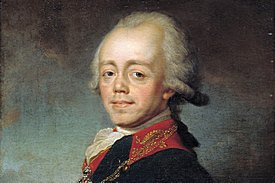
Born: St. Petersburg, 20 September (1 October) 1754
Died: St. Petersburg, 11 (23) March 1801
Reigned: 1796-1801
The future Emperor Paul I was the son of Peter III and his wife, Catherine the Great. Contemporaries spread rumors that Peter was not Paul's real father, but rather that this honor belonged to the Russian officer, Sergei Saltykov, who was Catherine's first favorite. There is no reliable evidence on this point, but these rumors arose from the fact that Paul was born only after ten years of married life, up to which time the couple had remained childless. Upon his birth, the Empress Elizabeth immediately whisked the newborn away from his parents and raised him on her own, without his mother and father.
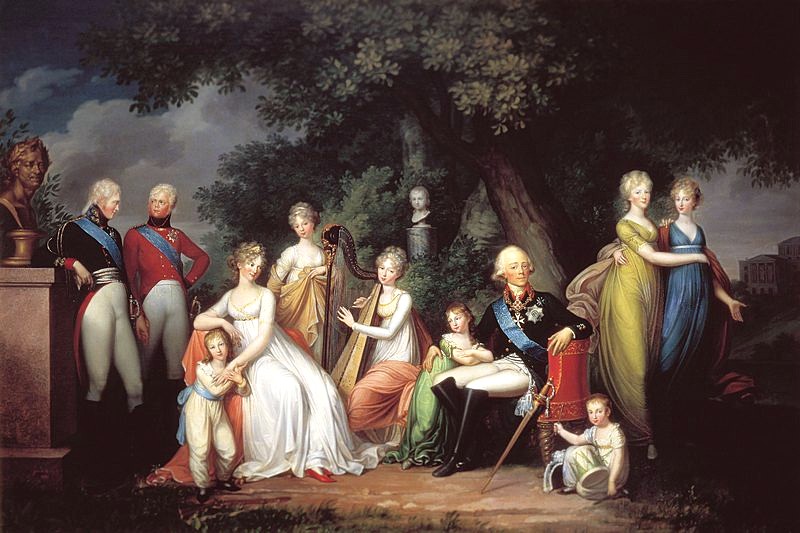
When the boy was eight years old, his father died under unclear circumstances in the course of a coup, in which power was handed to his mother, who became renowned as Catherine the Great. Upon her accession to the throne, the army swore an oath to her and to the young heir, Paul. However, Catherine did not fancy a regency for her son – she wanted to become an autocratic monarch in her own right. As a result, mother and son became estranged, and Catherine did everything in her power to keep Paul far from both the Court and from government affairs. He was well-educated and spoke several languages, but was also hot-tempered and impulsive. Throughout the Golden Age of Catherine, Paul spent his time in military exercises with his own soldiers in Gatchina, on the outskirts of Petersburg.
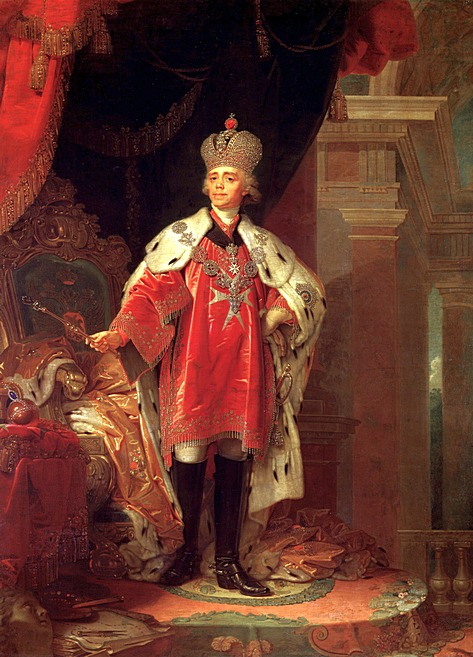
Finally coming to power after the death of his mother in 1796, Paul focused on order and discipline in both the country and the army, which in his opinion, had greatly degenerated during this mother's long "petticoat reign". His main interest became military reform, and he reorganized the Guard and the army based on the model of his Gatchina regiments, demanding iron discipline and obedience. Paul expressed contempt for the achievements of his mother's reign: thus he handed over the palace of Catherine's favorite Gregory Potemkin (the Tauride Palace) to his preferred cavalry regiment to be used as a barracks. As befitting an absolute monarch, Paul demanded total obedience, eradicated freethinkers and restricted many of the freedoms that his mother had granted to the nobility. In his opinion, the main task of the nobility was to serve the monarch and the state. Of course, this stricter discipline did not please the Guards officers, and expressing their commitment to the ideals of Catherine's reign, they began conspiring to remove the unloved monarch.
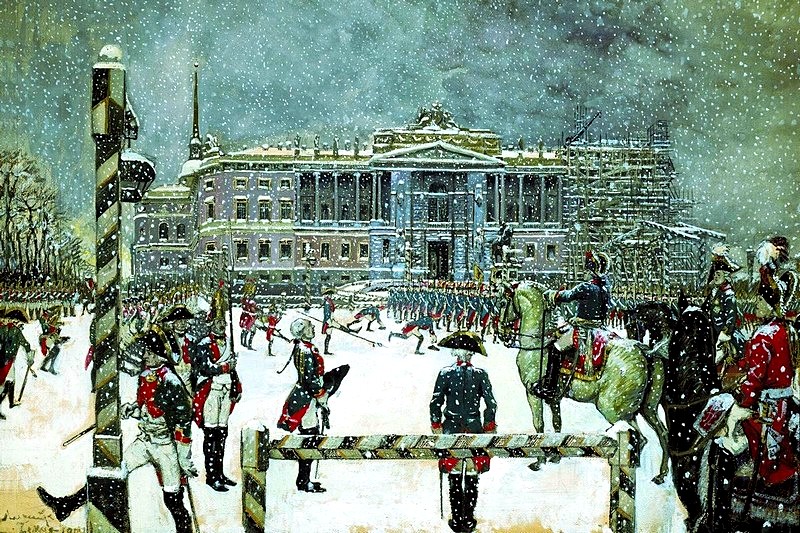
Paul was murdered in 1801 as a result of the conspiracy organized by his own advisors and officers of the Guard, who wanted to install Paul's son, Alexander I, on the throne. The site of his assassination was the St. Michael Castle, the eccentric residence next to the Fontanka River that Paul had commissioned from Vincenzo Brenna, his favorite architect, as he felt constantly threatened in the Winter Palace. He had only 40 nights to enjoy his new home before he was murdered.
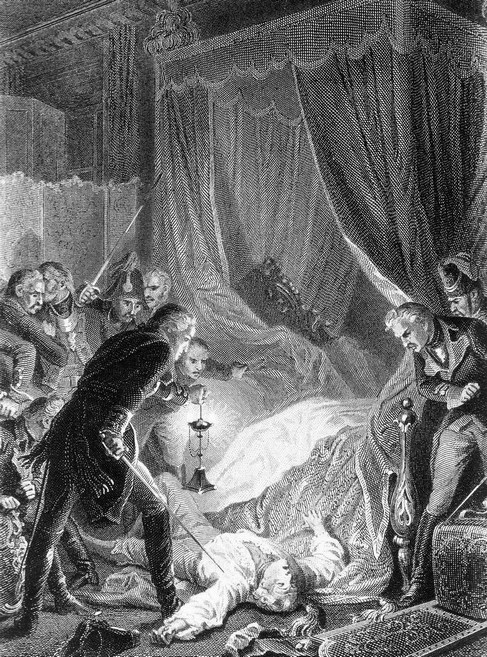
Paul is buried in the Cathedral of the Peter and Paul Fortress.

